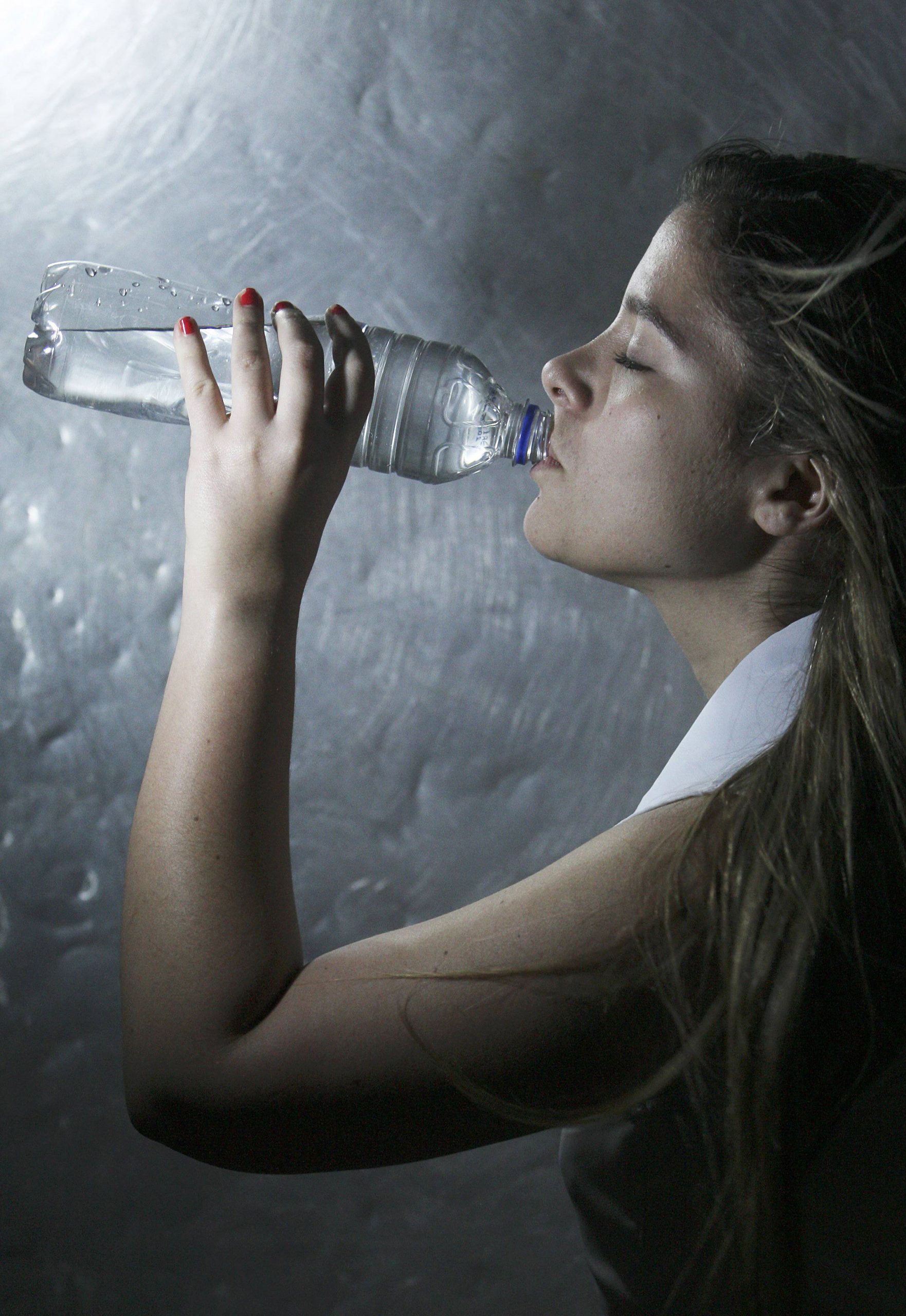A TEAM of scientists is claiming that a litre of bottled water contains on average around 240,000 detectable plastic fragments- between 10 and 100 times more than previous estimates, based mainly on larger plastics.
The results come in a study carried out by researchers from Columbia and Rutgers universities in the United States published on Monday.
In recent years, there has been growing concern that tiny particles known as microplastics are appearing everywhere on Earth, from polar ice and soil through to drinking water and food.
These particles, which form when plastics break down into smaller and smaller pieces, are being consumed by humans and other creatures, with possible unknown health and ecosystem effects.
A major focus of the American research is bottled water, which has been shown to contain tens of thousands of identifiable fragments in each container.

Now, with newly refined technology, researchers at Columbia and Rutgers universities have entered an entirely new plastic world: the little-known field of nanoplastics—that is, a generation of microplastics that breaks down further and can go into the blood, cells, and brain.
Nanoplastics are so small that, unlike microplastics, they can pass through the intestines and lungs directly into the bloodstream and from there travel to organs such as the heart and brain.
They can invade individual cells and cross the placenta into the bodies of fetuses.
Medical scientists are rushing to study the possible effects on a wide variety of biological systems.
“Before, this was just a dark, unexplored area as toxicity studies just estimated what was there,” said Beizhan Yan, an environmental chemist at Columbia University’s Lamont-Doherty Earth Observatory.
“This opens a window where we can look at a world that wasn’t exposed to us before.”
Global plastic production is approaching 400 million tons per year.
More than 30 million tonnes are dumped annually into water or land and many products made from plastics, including synthetic textiles, shed particles while still in use.
Unlike natural organic matter, most plastics do not break down into relatively benign substances; they simply split and split back into smaller and smaller particles of the same chemical composition.
Beyond individual molecules, there is no theoretical limit to how small they can become.
READ MORE:








